Our school is nestled in the Ozark Mountains of Arkansas, and it’s a real hub of the community — it seems like nearly everyone’s mom, dad, or grandparent works as a teacher, bus driver, or secretary. We graduate about 120 students a year, and I’ve known most of them since birth. Though we’re rural, we’re far from isolated. Travel is a passion of mine, and I’ve shared it with students through fellowships and trips: from meeting Gen. Colin Powell in D.C. to studying in France. And soon my students will be part of Senator John Boozman’s youth cabinet in Little Rock.
Still, some of the most transporting experiences happen right in my classroom. That’s what the Civic Star Challenge is all about. When we learn about the American Revolution, I try to turn my class into a time machine.
That starts by challenging the students to walk in the shoes of colonists. We learn about what they wore, how they created their clothes, and even how they brushed their teeth. We also learn colonial era dances! Then we create life-sized portraits of Federalists and Anti-Federalists. The students trace their bodies on giant pieces of paper, then complete the portrait. Students are able to see – and feel – history come to life. Rather than it just being something listed in a book, they can imagine what it’s like to be these people.
From there, we talk more about what it would be like to experience the tumult of the Revolution first-hand. In one class, we took all the events of the American Revolution and they had to write a text to their friend explaining what was going on:
Guess I won’t be sending letters anytime soon. #quittaxingus (Stamp Act, 1765)
The water in the Boston Harbor smells like chamomile! #ThrowTheCratesOverboard #TeaParty (Boston Tea Party, 1773)
The Treaty of Paris has been signed! #NewCountryWhoDis (Treaty of Paris, 1783)
Students are often tempted to parrot back the definitions and explanations they find in their textbooks. While that type of learning is important, I find it’s crucial to find ways for the students to make civics their own. I often say, “You have to say it in your own words or it doesn’t count.” Last week, we spent a whole class decoding the Preamble to the Constitution. Actually, they did the decoding. I stood in the back of the room while the students parsed those 52 words and came up with their own version:
We, in the USA, want a better country.
We will have fair laws.
We will have a peaceful country.
We will have a military to take care of our people.
We will care for our people.
We want to bless the future people.
Now we will put the rules down for this country.
We also find ways to engage the system directly. Each year, the students research Arkansas’s D.C.-based elected officials. They’ll write them letters. And, soon after, the officials will write them back. It’s always so exciting to watch the students hold the Capitol Building stationery up to the light to see the watermark. From there, we’ll set up a call on Zoom – again, I’ll stay at the back of the classroom and let the students run the show. And that’s where I really see the impact of civics learning: students understand how to both model and participate in respectful civic engagement. Even when they disagree with their elected officials, they speak thoughtfully and respectfully, grounded in the work we’ve done together.
After the call, there’s always a buzz in the classroom. The students say, “Wow, I can’t believe this person knows me!” It’s representative democracy in action, and proof that their voice matters.
About Jessica
- Teaching experience: 23 years in Arkansas public schools
- Currently teaching: High school Civics/Economics and concurrent college credit history courses
The Gilder Lehrman 2024 History Teacher of the Year for Arkansas, Jessica is the president-elect of the Arkansas Council for the Social Studies and has worked with a number of educational organizations from across the country. She is passionate about educational travel, community engagement, civic involvement, and rural education; she looks forward to completing her doctorate at the University of Arkansas in the spring of 2026.

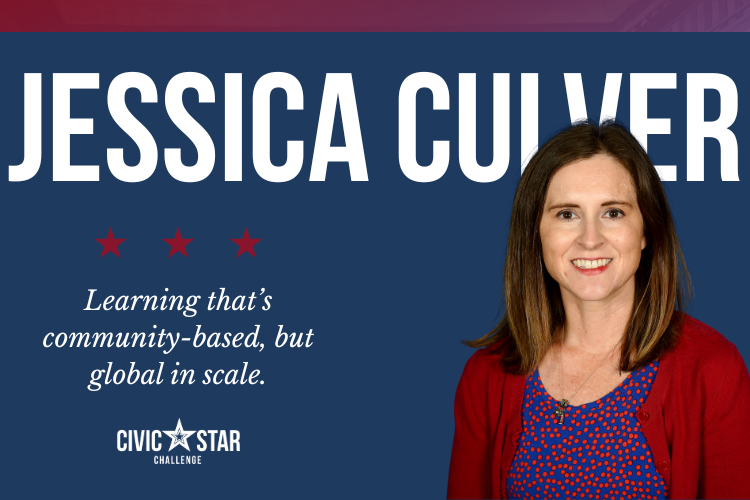
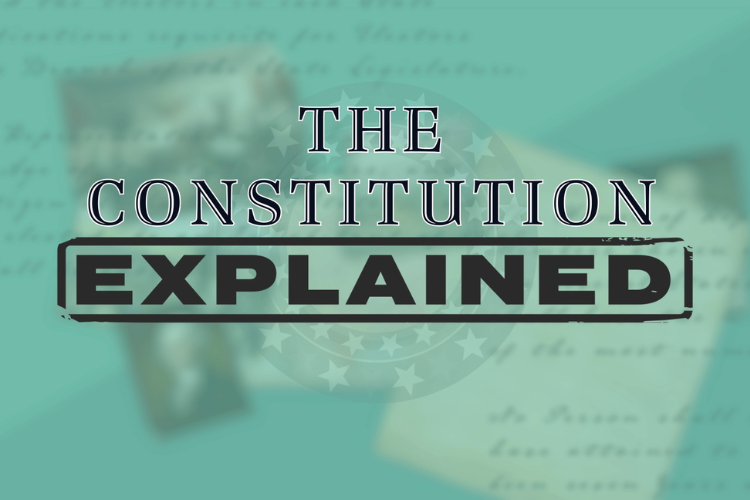
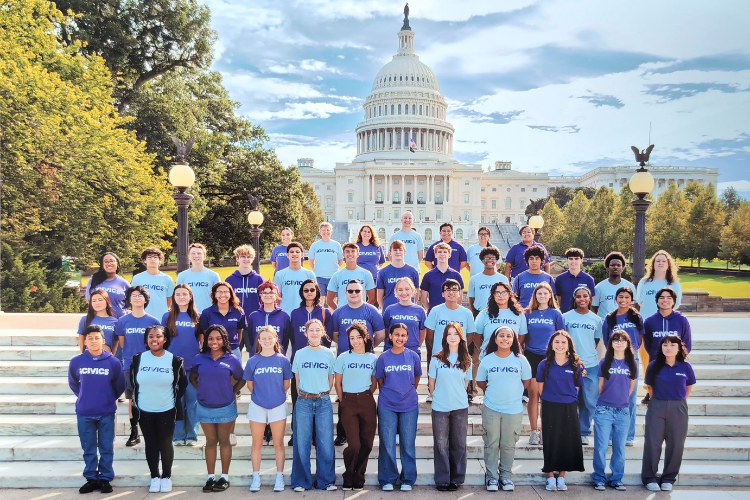
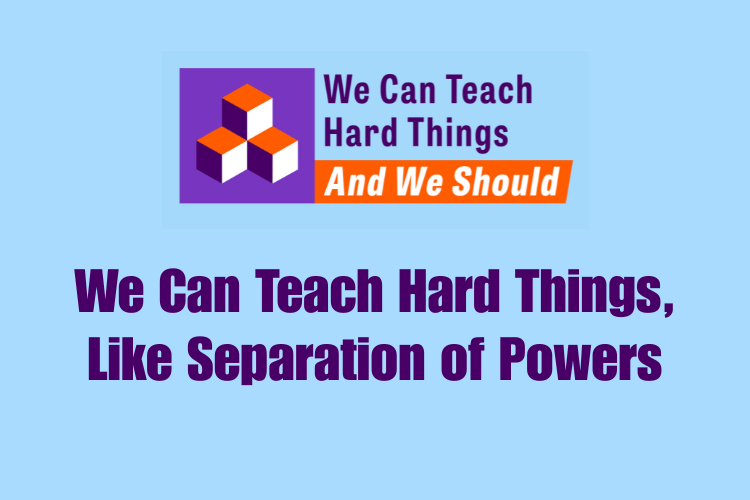

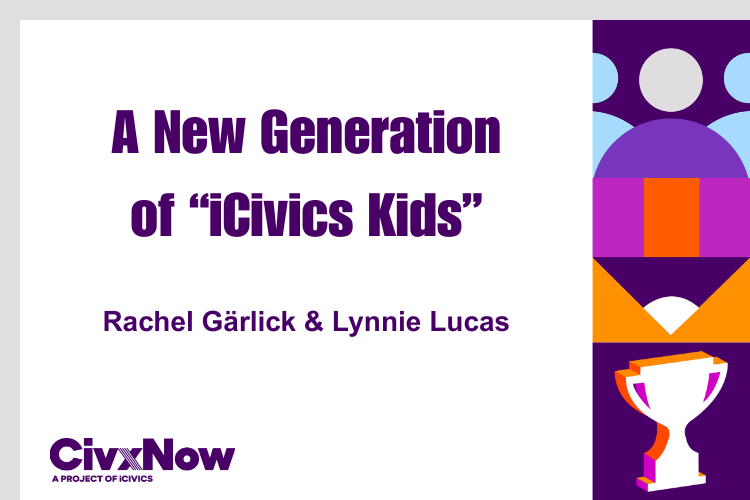

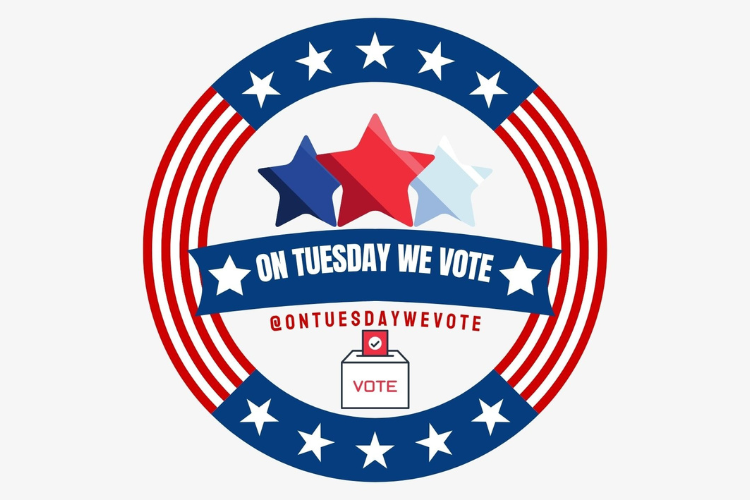



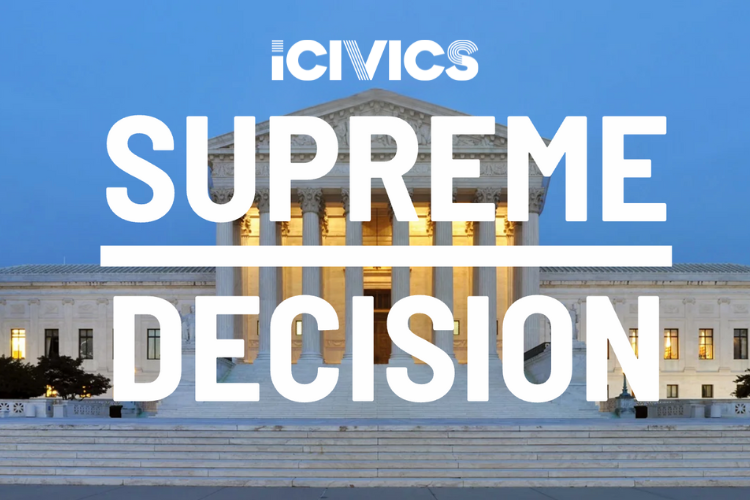

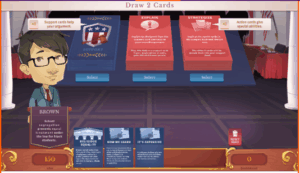 Then they must identify the Constitutional arguments used to support the argument. Once identified, they must build an argument based on Action cards and Support cards. They offer a rebuttal to the opposing side by quickly choosing correct supporting arguments. This game’s strength lies in the variety of gameplay. Not only can you choose between several cases, but you can also choose which side to support and the argument to build. You cannot simply click your way through the game successfully. It takes reading and critical thinking skills to make your way through, but it is not at such a difficulty level that the average student would quit out of frustration.
Then they must identify the Constitutional arguments used to support the argument. Once identified, they must build an argument based on Action cards and Support cards. They offer a rebuttal to the opposing side by quickly choosing correct supporting arguments. This game’s strength lies in the variety of gameplay. Not only can you choose between several cases, but you can also choose which side to support and the argument to build. You cannot simply click your way through the game successfully. It takes reading and critical thinking skills to make your way through, but it is not at such a difficulty level that the average student would quit out of frustration.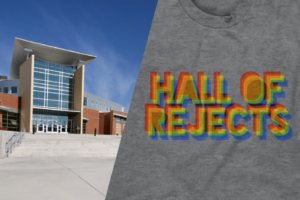 and in the years since, I am continuously surprised by how few people have heard of it! Keeping the name of Supreme Decision, iCivics took the original storyline and developed a truly interactive simulation through the decision-making process.
and in the years since, I am continuously surprised by how few people have heard of it! Keeping the name of Supreme Decision, iCivics took the original storyline and developed a truly interactive simulation through the decision-making process.